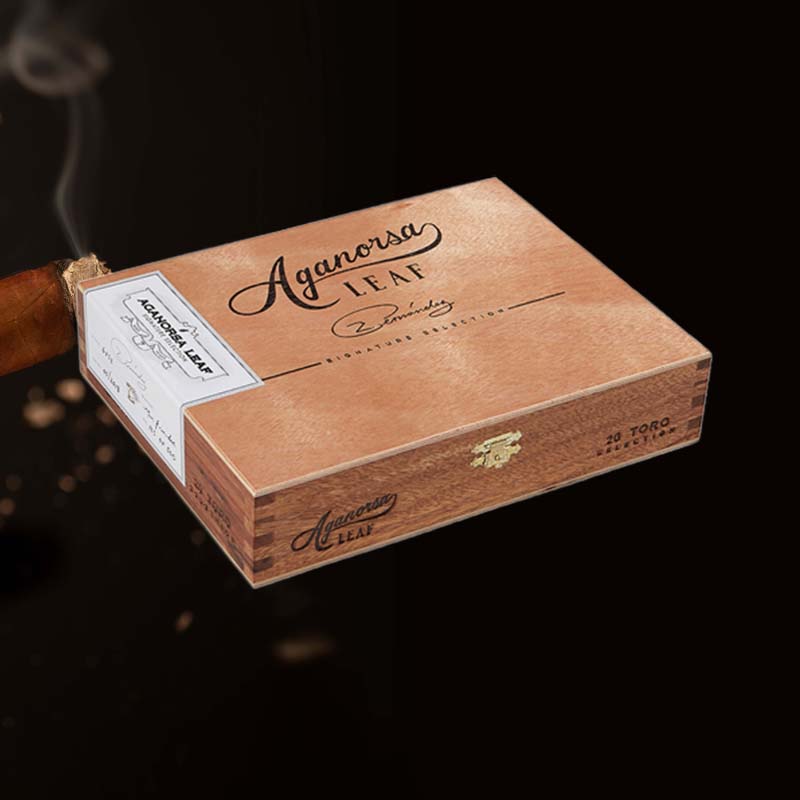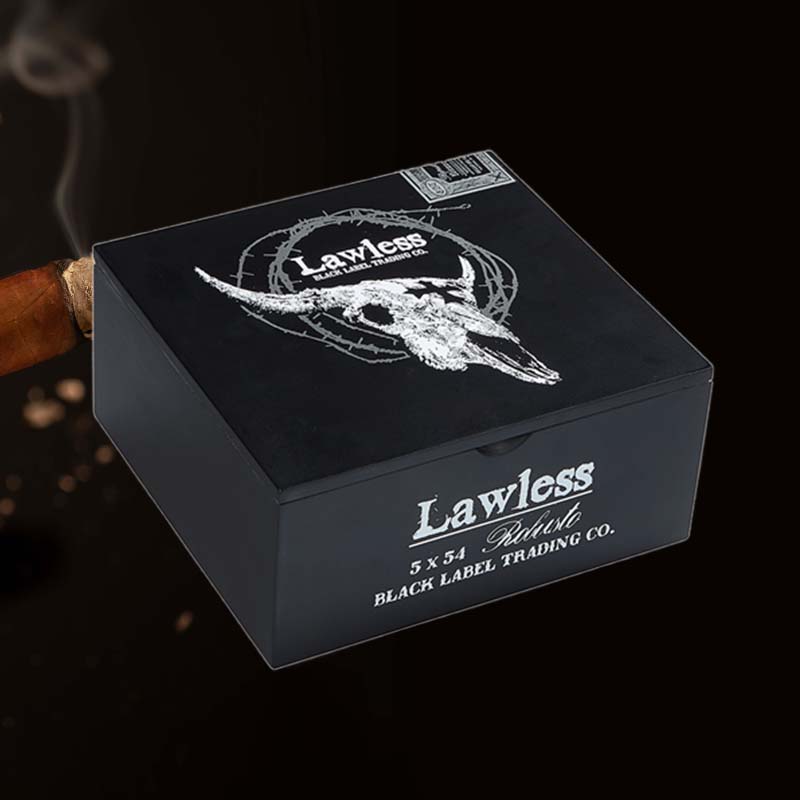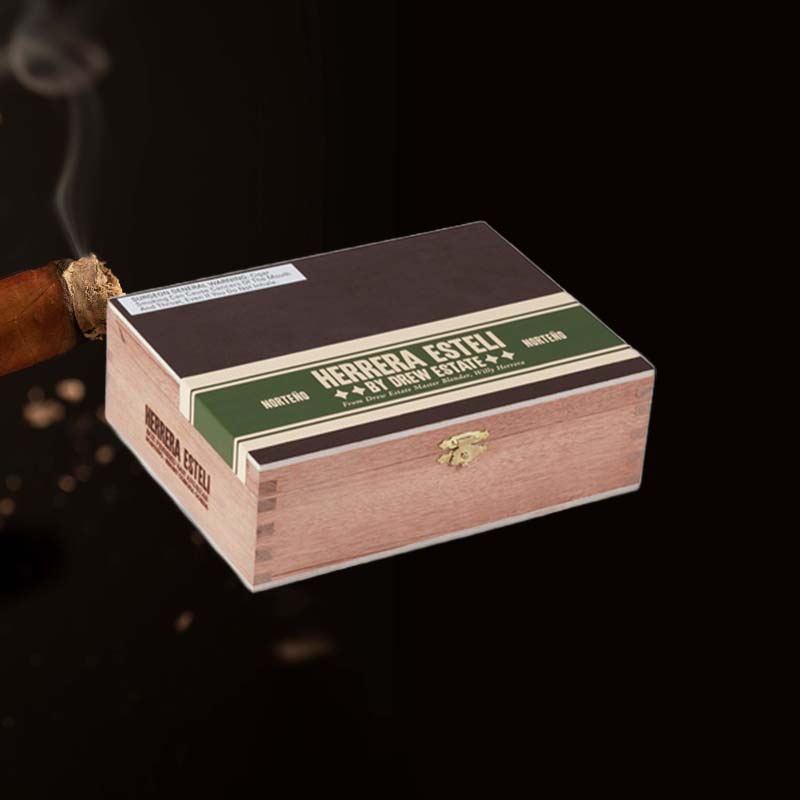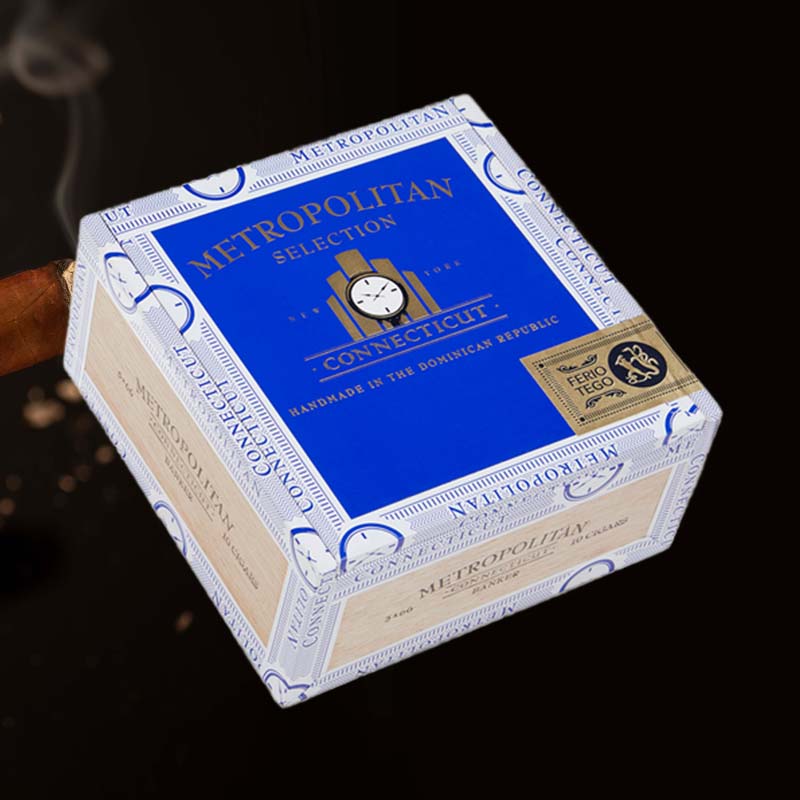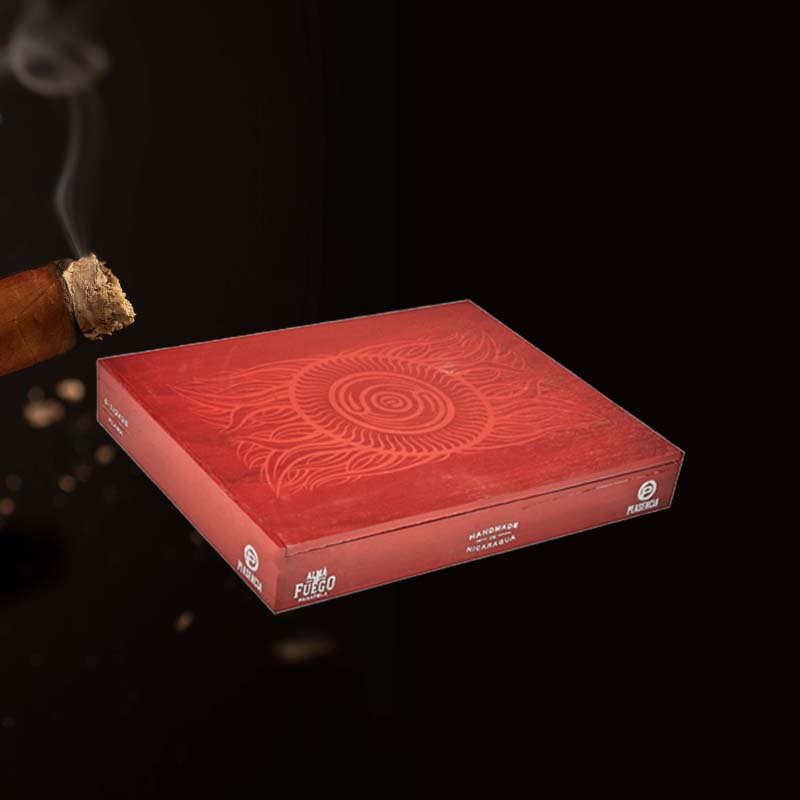Calibrating thermometer in boiling water
Today we talk about Calibrating thermometer in boiling water.
Understanding Thermometer Calibration
Calibration of thermometers is essential to ensure they provide accurate readings. An industry study indicated that nearly 30% of thermometers tested in commercial kitchens were off by more than 2 degrees Fahrenheit, which can significantly impact cooking and food safety. Whenever I calibrate my thermometer, I feel confident knowing I am working with precise data that can influence the quality and safety of my culinary creations.
Why Calibration is Important
The importance of calibration cannot be overstated. A mere 1°F discrepancy can cause:
- Improper cooking of meat, potentially leading to foodborne illnesses.
- Inaccurate candy-making temperatures, ruining sweet projects.
- Failures in delicate baking procedures, affecting the desired texture.
By ensuring my thermometer is calibrated correctly, I am not just enhancing my cooking outcomes; I’m promoting safety and quality, crucial in food preparation.
Methods for Calibrating a Thermometer
Two commonly accepted methods for calibrating thermometers are the **Ice Point Method** and the **Boiling Point Method**. Each has its distinct advantages depending on the situation.
Ice Point Method
The ice point method is simple and effective. By mixing ice with water at a consistent ratio (1:1), I create a reference point at 32°F (0°C). However, this method can be less practical for high-temperature cooking environments.
Boiling Point Method
In a typical kitchen setting, the boiling point method fits my needs better. Water boils at approximately 212°F (100°C) at sea level. This is the temperature I aim for when checking my thermometer’s accuracy. I appreciate this method, especially because it replicates the conditions under which I often cook.
How to Calibrate a Thermometer in Boiling Water
Calibrating a thermometer using boiling water involves a clear process that I find straightforward.
Step-by-Step Process for Calibration
1. **Preparation**: I fill a pot with clean water and heat it on the stove until it reaches a rolling boil.
2. **Insert the Thermometer**: I carefully place the thermometer into the boiling water, ensuring it does not make contact with the pot’s sides to avoid inaccurate readings.
3. **Wait**: I give it about 1-2 minutes for the reading to stabilize.
4. **Check Temperature**: The ideal reading should be 212°F (100°C). If it’s off, I take note of the difference.
5. **Adjustment**: If my thermometer has an adjustable dial, I turn it to align with the accurate temperature.
Common Mistakes to Avoid
In my experience, here are some common mistakes to watch for:
– **Not Using Fresh Water**: Stale or reused water can lead to inaccurate readings. Using fresh boiling water is crucial.
– **Improper Submersion**: I always ensure that the thermometer’s sensing area is completely submerged but not touching the pot to avoid heat conduction errors.
Tools Needed for Calibration
To calibrate a thermometer correctly in boiling water, I rely on specific tools.
Necessary Equipment for the Boiling Water Method
– **A Sturdy Pot**: It should hold plenty of water and withstand high temperatures.
– **Clean, Fresh Water**: Fresh water is vital for boiling accuracy.
– **A Reliable Thermometer**: I emphasize using a good digital or dial thermometer for accurate results.
Recommended Thermometers for Accuracy
I have found that some brands, like ThermoWorks and Taylor, consistently produce accurate readings and hold up well over time. Generally, digital thermometers are known for quick readings and are highly effective for calibration.
Checking Your Thermometer’s Accuracy
After calibrating, it’s imperative for me to frequently check my thermometer’s accuracy.
How to Test Accuracy with Boiling Water
I routinely test my thermometer after calibration. By again bringing water to a rolling boil, I can verify that it reads at 212°F (100°C). If it doesn’t match this benchmark, I know that further adjustments are needed.
Signs Your Thermometer Needs Calibration
I watch for signs like fluctuating readings or responses that take longer than usual. If my thermometer consistently differs from stated values, recalibrating immediately is essential. It ensures I am not compromising the quality of my dishes.
Adjusting Your Thermometer
Post-calibration adjustments can sometimes be necessary to ensure consistent accuracy.
How to Make Adjustments Post-Calibration
Many thermometers feature a small calibration screw. I carefully turn this screw to align with the desired temperature without over-adjusting, which could lead to further inaccuracies.
What to Do if Adjustment Isn’t Possible
If adjustments aren’t feasible, I consider investing in a new thermometer. There are many affordable quality options, and accuracy is non-negotiable for my cooking.
Recalibrating Your Thermometer
Routine recalibration is vital for maintaining thermometer accuracy over time.
When to Recalibrate Your Thermometer
I make it a habit to recalibrate my thermometer:
– After a few months of regular use.
– If it has been dropped or damaged.
– Before special occasions when precise temperatures matter.
Best Practices for Regular Calibration
– **Scheduled Checks**: I set reminders to check thermometers every month.
– **Utilizing Both Methods**: I alternate between the ice point and boiling point methods to ensure comprehensive accuracy checks.
Frequently Asked Questions (FAQs)
Can You Use a Meat Thermometer for Boiling Water?
Absolutely! I often use my meat thermometer to check boiling water, but I ensure it is rated for high temperatures and calibrated routinely for accurate readings.
What Temperature Should the Water Be for Calibration?
The water should reach a full boil at 212°F (100°C) at sea level when I calibrate with boiling water.
Conclusion
Summary of Key Points
Calibrating a thermometer in boiling water is a simple yet critical step for ensuring accuracy in cooking. By following the boiling point method, regularly checking, and making adjustments, I significantly enhance my culinary results.
Related Resources
Further Reading on Thermometers
For those looking to dive deeper, there are excellent resources available that cover the science and art of thermometer use extensively.
Where to Buy Quality Thermometers
For reliable and accurate thermometers, I recommend shopping from reputable kitchen supply stores or trusted online retailers.
Feedback and Community Interaction
Share Your Calibration Experiences with Us
I would love to hear your thermometer calibration stories! Sharing our experiences can help refine our skills.
Join Our Community for More Tips
Join me and others in our community for more tips and insights about food preparation and thermometer use—we can all learn and grow together!
FAQ
How to calibrate a thermometer in a boiling water?
I fill a pot with fresh water, bring it to a rolling boil, and insert my thermometer before checking that it reads 212°F (100°C), making necessary adjustments based on the reading.
Why would it not be a good idea to calibrate thermometers by using boiling water?
Using boiling water may lead to inaccuracies if I do not account for altitude changes that affect the boiling point, potentially resulting in a miscalibrated thermometer.
What should a thermometer read in boiling water?
A well-calibrated thermometer should read 212°F (100°C) at sea level when placed in boiling water, confirming its accuracy.
What special consideration must be taken when calibrating a thermometer using the boiling point method?
I need to consider my elevation above sea level, as boiling points can vary by approximately 1°F for every 500 feet increase in altitude, which requires adjustment of expected temperature readings accordingly.

